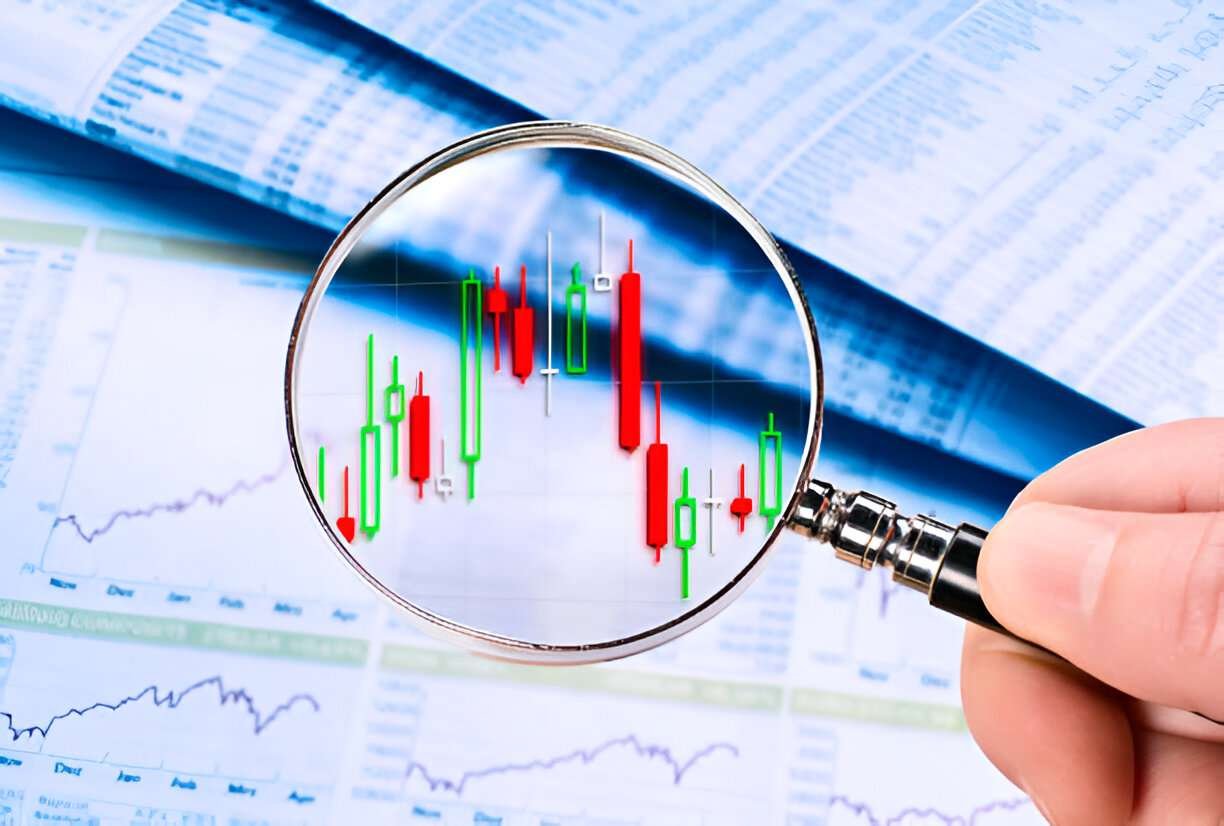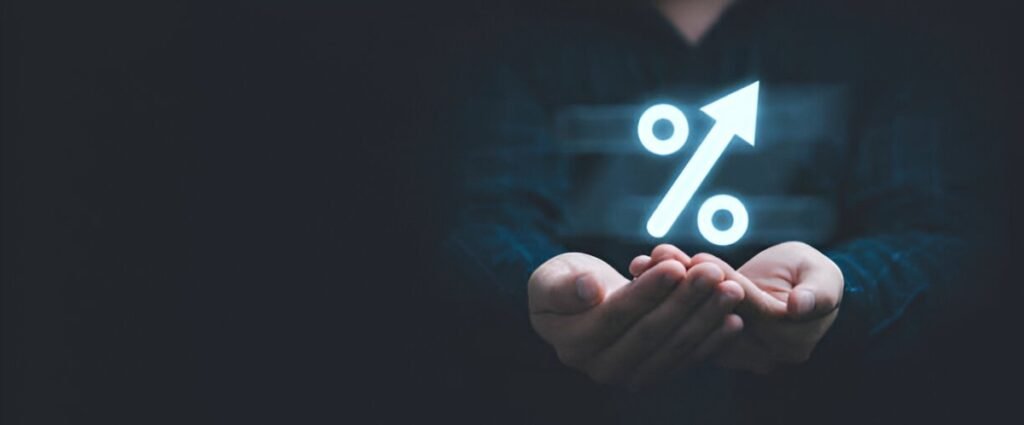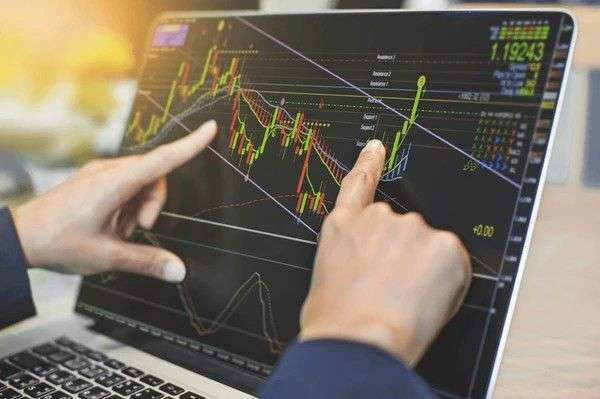The stock market has long been a realm of intense analysis, research, and forecasting. For decades, investors and analysts relied on traditional methods such as fundamental analysis, technical analysis, and market sentiment to predict price movements. However, in recent years, there has been a growing influence of algorithms in trading. The question arises: are algorithms replacing the need for human-driven research in the stock market? In this article, I will delve into the complexities of this shift and provide a detailed comparison of traditional research versus algorithm-driven trading. I’ll also explore the advantages, limitations, and future of both approaches.
Table of Contents
Traditional Research: The Foundation of Stock Market Insights
When I first began studying the stock market, traditional research was all I knew. It involved a deep dive into company financial statements, industry trends, and economic factors. Investors, like myself, spent countless hours reading quarterly reports, earnings calls, and news articles. We calculated ratios such as the Price-to-Earnings (P/E) ratio, Price-to-Book (P/B) ratio, and Return on Equity (ROE). These metrics helped me assess the value of a company and make informed decisions about buying or selling stocks.
For instance, when I analyzed a company like Apple, I would look at the quarterly earnings report, balance sheet, and income statement. I’d calculate the P/E ratio, which is a measure of how expensive or cheap a stock is relative to its earnings. If the ratio was high, it might signal that the stock was overvalued. If it was low, the stock could be undervalued.
The Rise of Algorithms in Trading
Over time, the landscape of investing began to change. As technology advanced, I started noticing more sophisticated trading methods that relied heavily on algorithms. Algorithmic trading, also known as “algo-trading,” uses complex mathematical models to execute trades at speeds and volumes that humans can’t match. Algorithms can analyze vast amounts of data within milliseconds, making decisions based on preset criteria.
The rise of algo-trading started with high-frequency trading (HFT), where algorithms would make thousands of trades per second. This approach is often criticized for creating volatility and contributing to “flash crashes.” However, as I’ve learned, algorithmic trading has evolved beyond just high-frequency strategies. Today, algorithms are used for a wide range of trading techniques, including statistical arbitrage, market-making, and momentum trading.
Comparison of Traditional Research and Algorithmic Trading
Let’s break down the key differences between traditional research and algorithmic trading:
| Aspect | Traditional Research | Algorithmic Trading |
|---|---|---|
| Time Investment | Requires significant time to analyze financials, trends, and news. | Executes trades in milliseconds, saving time. |
| Data Analysis | Relies on manual analysis of financial statements and market trends. | Analyzes vast amounts of data in real-time, using machine learning and statistical models. |
| Accuracy | Dependent on the analyst’s skills and knowledge. | Can be more accurate due to automated, data-driven decision-making. |
| Emotional Bias | Susceptible to human emotions such as fear and greed. | Free from emotional bias, as decisions are based solely on data and algorithms. |
| Scalability | Limited scalability due to the time and effort involved in manual research. | Highly scalable, able to process and execute a large number of trades. |
From this table, it’s evident that algorithmic trading offers numerous advantages in terms of speed, accuracy, and scalability. However, traditional research still holds value in areas where human judgment, intuition, and understanding of market psychology play crucial roles.
Are Algorithms Replacing Human Research?
The short answer to the question is: no, algorithms are not completely replacing human research. While algorithms can execute trades and analyze data faster than any human could, there are areas where human judgment is still necessary. Let me illustrate this with a few examples.
Example 1: Assessing Company Culture and Leadership
No algorithm can fully understand the nuances of a company’s leadership or internal culture. Take, for example, the impact of Elon Musk’s leadership on Tesla. Algorithms may analyze Tesla’s financial performance and stock price trends, but they cannot capture the full scope of how Musk’s decisions, public persona, and vision influence investor sentiment. This kind of analysis requires a level of intuition and understanding of human behavior that algorithms cannot replicate.
Example 2: The Impact of Geopolitical Events
While algorithms can process news and data quickly, they may not fully grasp the complexities of geopolitical events. A sudden change in government policy, trade agreements, or military conflict can have a profound impact on the stock market. Human researchers can interpret the broader implications of these events, while algorithms may struggle to account for long-term consequences.
How Algorithms Complement Traditional Research
Rather than replacing traditional research, I’ve found that algorithms can complement and enhance it. By using algorithms to handle repetitive tasks, investors can focus more on strategic decision-making. For example, I can use algorithms to screen thousands of stocks based on criteria like P/E ratio, debt levels, and historical performance. Once the algorithm provides a list of potential candidates, I can dive deeper into the company’s financials, management, and market outlook.
This synergy between human research and algorithmic analysis has the potential to create a more robust investment strategy. I can leverage the power of algorithms to process large amounts of data quickly, while still relying on my understanding of the market and the companies I invest in.
Algorithmic Trading in Action: A Calculation Example
Let’s consider a practical example of how algorithms can improve trading decisions. Suppose I’m using an algorithm to execute trades for a stock, and the algorithm detects a pattern based on the 50-day moving average (MA) and the 200-day moving average (MA). When the 50-day MA crosses above the 200-day MA, it is generally considered a “buy” signal, and when the 50-day MA crosses below the 200-day MA, it is a “sell” signal.
Here’s a simplified calculation to demonstrate how an algorithm might act:
- Stock: XYZ Corp.
- 50-day MA: $100
- 200-day MA: $95
- Action: The algorithm identifies that the 50-day MA is above the 200-day MA and executes a buy order.
As the algorithm continues to monitor the market, it might notice that the 50-day MA falls below the 200-day MA. This would trigger a sell order, helping the investor lock in profits before the price declines.
By relying on the algorithm to handle this repetitive task, I can focus on broader investment strategies without having to manually track moving averages.
Limitations of Algorithmic Trading
Despite its advantages, algorithmic trading is not without its limitations. One major concern is the reliance on historical data. Algorithms can only work with the data they are trained on, and if the market behaves differently from past patterns, the algorithm may fail to adapt. For instance, an algorithm that performs well during stable market conditions may struggle during a market crash or period of high volatility.
Additionally, there is a risk of over-optimization. When an algorithm is fine-tuned too much to past data, it can become too specialized, losing its ability to generalize to future conditions. This is known as “overfitting.” To mitigate this, regular updates and monitoring are necessary, but this requires human involvement.
The Future of Stock Market Research: A Hybrid Approach
Looking ahead, I believe the future of stock market research lies in a hybrid approach that combines the strengths of both human research and algorithmic trading. As technology continues to advance, algorithms will undoubtedly play an increasingly significant role in analyzing and executing trades. However, humans will still be needed to provide context, judgment, and intuition that algorithms cannot replicate.
For example, in the future, I might rely on algorithms to identify potential investment opportunities, but I will still conduct research to understand the qualitative aspects of the companies involved. I may also use my knowledge of macroeconomic trends to inform the algorithm’s decision-making process, ensuring that it aligns with broader market conditions.
Conclusion: A Balanced Future
In conclusion, algorithms are not replacing human research in the stock market, but they are certainly transforming how we approach investing. By leveraging the speed and accuracy of algorithms, I can make better-informed decisions and manage my portfolio more efficiently. However, traditional research still plays a crucial role in understanding the broader context of the market, assessing company culture, and interpreting geopolitical events. The future of stock market research is not about choosing between algorithms and traditional methods; it’s about finding a balance between the two to create a more effective, data-driven investment strategy.





